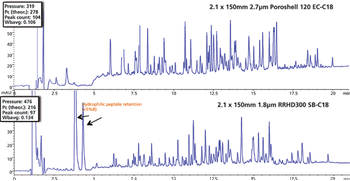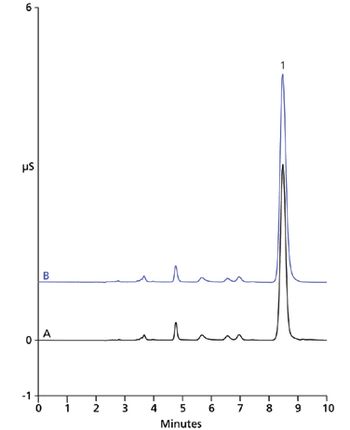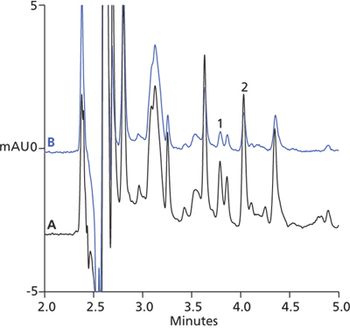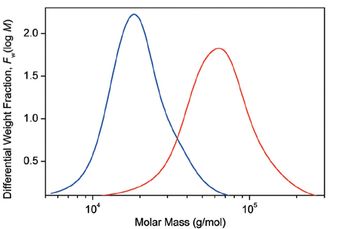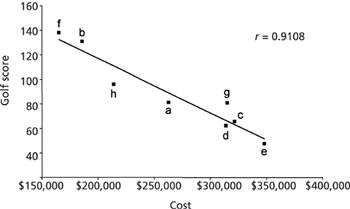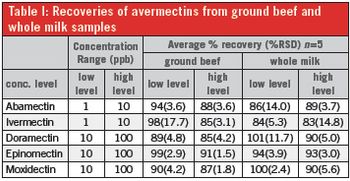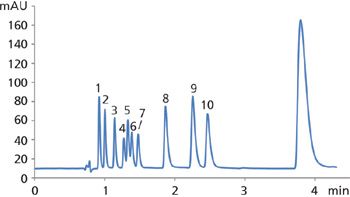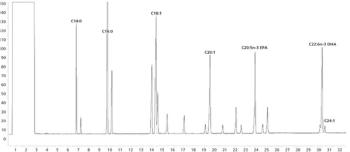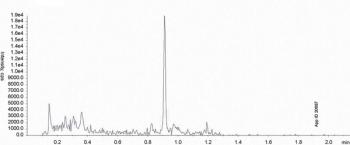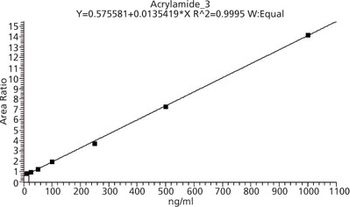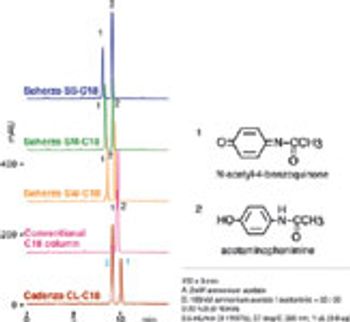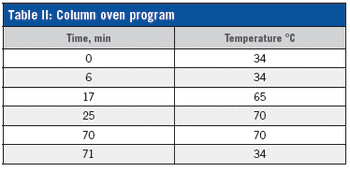
The Application Notebook
Gas chromatography coupled with tandem mass spectrometry (GC–MS-MS) operated in MRM mode is a powerful technology for multi-residue analysis in complex food matrices. Good GC separation combined with MS-MS selectivity facilitates monitoring hundreds of MRM transitions within a short cycle time which allows for analysis of large number of compounds in complex food matrices. Nevertheless, MRM method development is time consuming and labor-intensive, which mainly comes from mapping retention time, MRM transition set-up and post-data processing.


